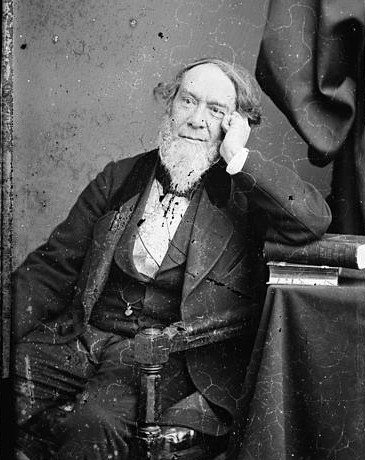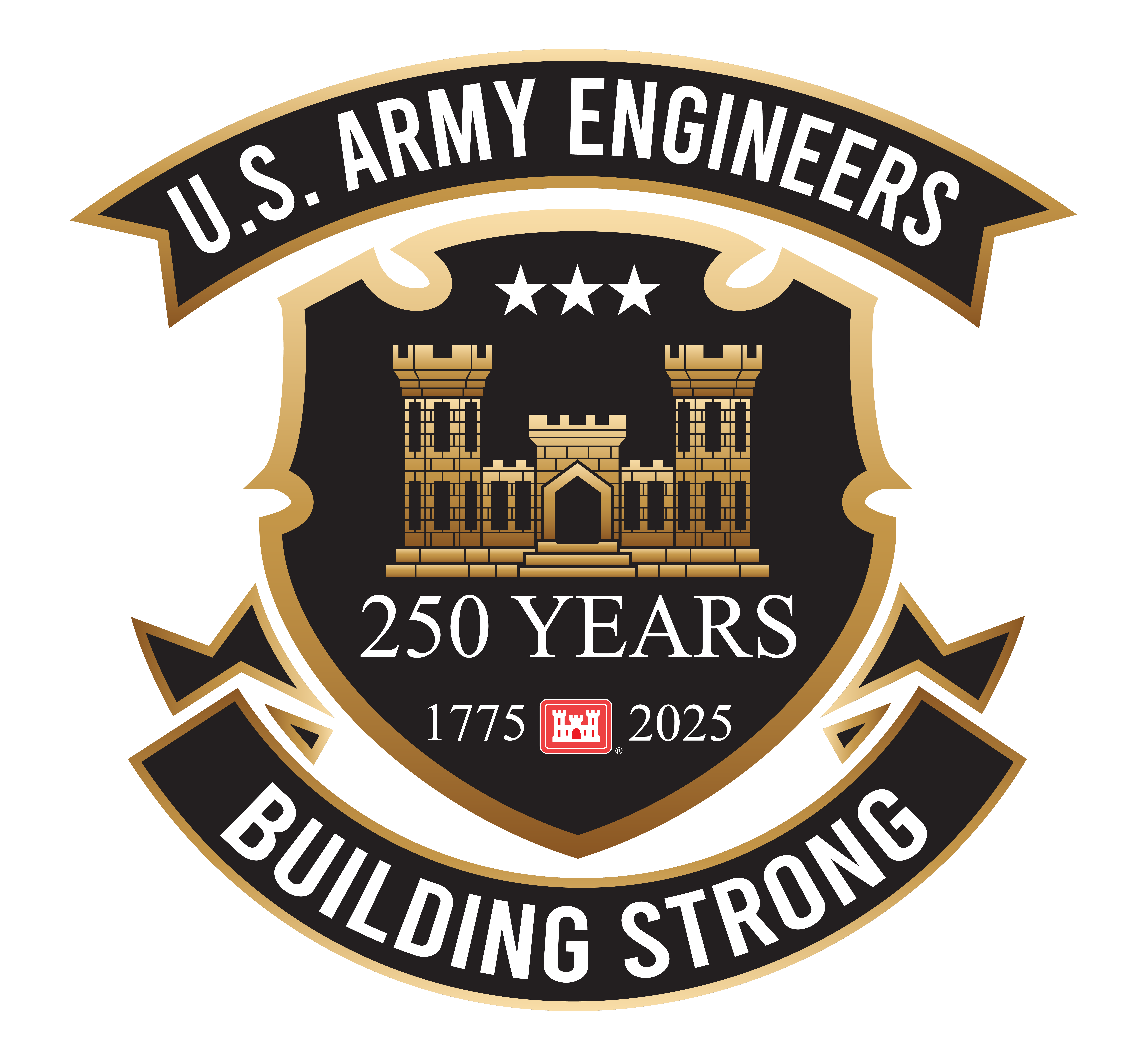| |
 |
| |
George Catlin oil painting of West Point in 1828.
USMA Library Special Collections
|
The idea of an American military academy at West Point, New York, dates back to the nation’s origins and the American Revolution, which highlighted significant deficiencies in military training, leadership, and engineering expertise in the new country. The reliance on foreign officers like Baron von Steuben and Thaddeus Kościuszko to instill discipline and train soldiers underscored the lack of a standardized system to develop competent leaders domestically. Additionally, the challenges in coordinating effective battlefield strategies and constructing fortifications demonstrated the need for specialized education in military tactics and engineering. These shortcomings underscored the importance of establishing a military academy to provide professional training, develop skilled officers, and ensure a self-sufficient and capable military force for the young nation.
Many of the founding fathers either favored the idea or went so far as to propose such an institution. Leading Federalists counted among the most vocal advocates, including George Washington, John Adams, and Alexander Hamilton, the last of whom did more than anyone to conceive of it, but the task of founding the school ultimately fell to his rival, President Thomas Jefferson. Recognizing the need for a well-trained officer corps, he signed legislation that authorized its founding as part of the Military Peace Establishment Act, which restructured the U.S. military and established the U.S. Military Academy at West Point. It also created a permanent Army Corps of Engineers, tasked with military fortifications and infrastructure development, while also providing the academy with a faculty to teach engineering, science, and military tactics. While West Point made a slow start, it had become by 1825—two hundred years ago—a cornerstone in the development of a professionalized U.S. Army.
By then, West Point was operating under the strong leadership of Sylvanus Thayer, later known as the “Father of the Military Academy.” He graduated from Dartmouth in 1807 before securing an appointment to West Point and taking a commission as a second lieutenant after just a single year at the academy. That was not uncommon among the first generation of graduates. Thayer served with distinction as a captain in the War of 1812, showing such promise that the army sent him to Europe in 1815 to study for two years at the French École Polytechnique, then the finest institution of military engineering in the world. He returned to West Point in 1817 as superintendent and promptly established rigorous academic standards and a structured military environment. He introduced an emphasis on engineering education, making West Point the leading such institution in the United States, and implemented a standardized curriculum with strict discipline and merit-based advancement. Colonel Thayer’s firm stamp on the academy was such that subsequent superintendents came exclusively from the engineer ranks for the next forty years.
 |
|
 |
|
Sylvanus Thayer, copy of original portrait by Thomas Sully.
New York Public Library |
|
Alexander Dallas Bache
(class of 1825).
Brady-Handy photograph collection, Library of Congress |
|
The Thayer Period at West Point produced talented and well-trained Army engineers for a growing nation in desperate need of them, and the cadets of this era would go on to shape the course of American history. Several of his best graduates were assigned to build Third System forts like Fort Monroe, completed in 1834 and known as the “Gibraltar of Chesapeake Bay,” and Fort Adams at Newport, Rhode Island, which initiated two talented young engineers into coastal fortification construction—George W. Cullum and John Gross Barnard (both class of 1833). Both would serve in the Corps of Engineers for more than forty years. Cullum is best known for his registry of West Point graduates and John Gross Barnard for his mathematical genius and his history of the Peninsula Campaign of the Civil War.
Congress passed both the General Survey Act of 1824 and the first Rivers and Harbors Act of the following year and tasked the Army Corps of Engineers with overseeing internal developments. Many of the best West Point graduates of this era were drawn into such work. The class of 1831 produced both Andrew A. Humphreys and William H. Emory. Though neither especially excelled at the academy, both went on to extraordinary Army careers. Humphreys oversaw two of the most important surveys of the nineteenth century, the Delta Survey of the Mississippi River (1850-1861) and the Pacific Railroad Surveys (1853-60). Emory published an early reconnaissance of the region between Fort Leavenworth, Kansas, and San Diego, California, and oversaw the Mexican Boundary Survey of 1855-56. Both men fought with distinction in the Civil War, each rising to a corps command, with Humphreys later serving as chief of engineers from 1866 to 1879. Another graduate of that era, Alexander Dallas Bache, graduated first in his West Point class of 1825 and led the U.S. Coast Survey in its vital work from 1843 until his death in 1867.
West Point stood, two hundred years ago, at a pivotal moment in its history, laying the foundation for its future as the premier military academy in the United States. Under the transformative leadership of Sylvanus Thayer, the institution established itself on firm footing, with a rigorous academic program, disciplined structure, and a growing reputation for excellence. And wrapped up in his legacy was a generation of graduates who explored the wild and untamed West; surveyed the nation’s rivers great and small; and built a system of magnificent coastal fortifications that, two hundred years later, serve as testaments to their talent and skill.
 |
|
 |
|
West Point from Constitution Island by John Rubens Smith.
Library of Congress
|
|
Encampment at West Point in 1820 by John Rubens Smith.
Library of Congress |
| |
|
|
For more information:
- Crackel, Theodore J. West Point: A Bicentennial History. Lawrence: University of Kansas Press, 2002.
- Pappas, George S. To the Point: The United States Military Academy, 1802-1902. Westport, CT: Praeger, 1993.
- The Centennial of the United Sates Military Academy at West Point, New York, 1802-1902 (Volume I: Addresses and Histories). Washington, D.C.: Government Printing Office, 1904.
| |
|
|
|
|
|
|
| |
|
 |
250th Anniversary
January 2025. No. 01. |
|
|
|
| |
|
|
|
|
|
|
|